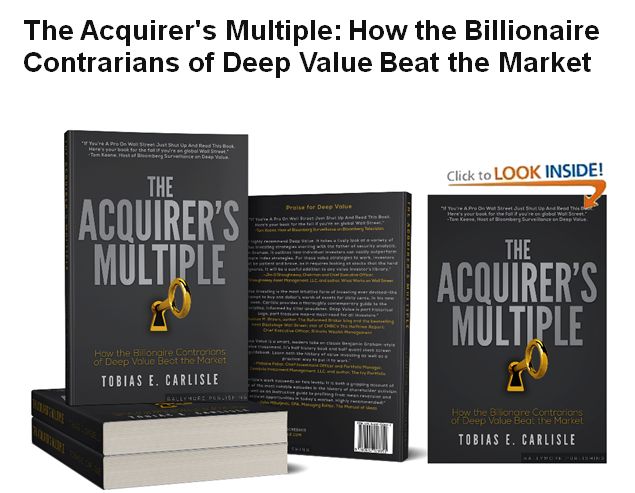An often-overlooked aspect of Warren Buffett’s investment philosophy is his ability to pivot when opportunities arise outside the mainstream equity markets. This flexibility is what Mohnish Pabrai calls Buffett’s “Geiger counter approach” in his book – Mosaic: Perspectives on Investing.
The Geiger counter metaphor suggests an investor constantly scanning for inefficiencies, detecting areas where assets are undervalued and mispriced. While Berkshire Hathaway is too large to capitalize on small, obscure investments, Buffett has never hesitated to exploit these inefficiencies in his personal portfolio. This is evident in his forays into distressed mortgage REITs, high-yield bonds, and even silver.
One such example is Buffett’s investment in the liquidation of Laser Mortgage Management (LMM), an obscure mortgage REIT. This company was undergoing liquidation, presenting an opportunity where the quoted stock price was lower than the liquidation value.
A typical investor might ignore such a situation due to its complexity and lack of visibility, but Buffett’s ability to recognize the value hidden in the spread between liquidation values and market prices enabled him to make profitable moves.
Such investments, however, are not feasible within Berkshire Hathaway. The sheer size of the firm requires Buffett to focus on large-scale investments that move the needle.
Investing in small, inefficiently priced securities would be inconsequential for a company with hundreds of billions in assets. Instead, he reserves these unconventional bets for his personal portfolio, where he can freely explore mispriced securities without worrying about scale.
This adaptability is what makes Buffett unique. Unlike many investors who confine themselves to a specific strategy or asset class, Buffett understands that the best opportunities often lie in areas where others are unwilling to tread.
For instance, when public markets become overheated, he shifts his focus to high-yield bonds, REITs, or commodities. In 2001, he purchased over $1 billion worth of deeply discounted Finova bonds. Similarly, in 2000, he invested in First Industrial Realty, a REIT, when its yields were particularly attractive.
Buffett’s investment in silver is another example of his contrarian thinking. Unlike traditional equity investments, commodities do not generate cash flow or compound over time. However, Buffett saw an opportunity when silver prices were mispriced relative to supply and demand fundamentals. This decision underscores his ability to move beyond conventional investment norms when necessary.
You can find a copy of the book here:
For all the latest news and podcasts, join our free newsletter here.
Don’t forget to check out our FREE Large Cap 1000 – Stock Screener, here at The Acquirer’s Multiple:



